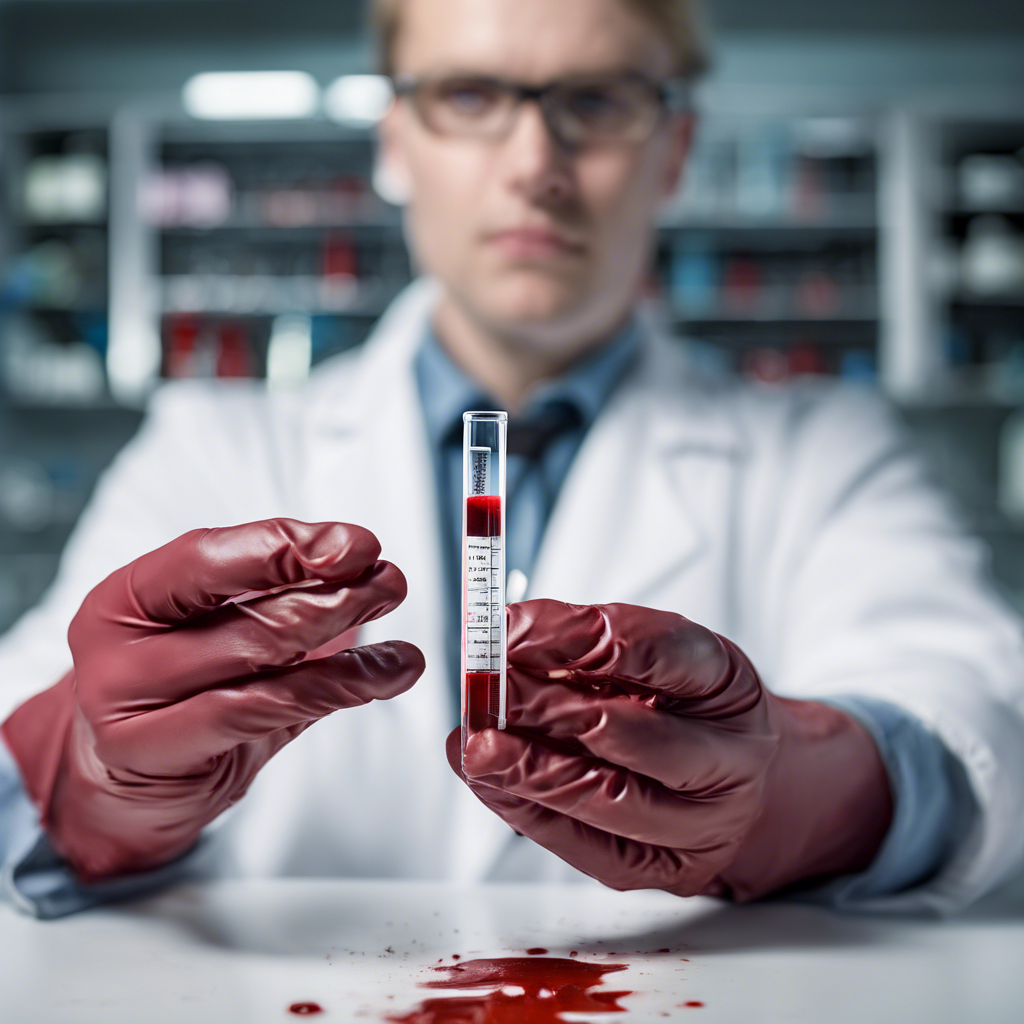What is the rarest blood type?
The Elusive Blood Type
Blood types are classified into four main groups – A, B, AB, and O. These groups can be further classified into two subcategories – Rh positive (Rh+) and Rh negative (Rh-), depending on the presence or absence of the Rh antigen on the surface of the red blood cells. Among the various blood types, one type stands out for its rarity and unique characteristics.
Understanding Blood Types
There are eight main blood types in total, with ABO blood types (A, B, AB, and O) and Rh blood types (Rh+ and Rh-) being the most significant factors. The different blood types can be listed as follows:
- A+ (A and Rh+)
- A- (A and Rh-)
- B+ (B and Rh+)
- B- (B and Rh-)
- AB+ (AB and Rh+)
- AB- (AB and Rh-)
- O+ (O and Rh+)
- O- (O and Rh-)
The Rarest Blood Type
Of all the blood types, Rh negative (Rh-) blood is relatively rare, especially in certain populations. Among the Rh negative blood types, the rarest one is primarily found in the AB- blood type. This blood type is considered the rarest due to its low prevalence in the general population.
Global Distribution of AB- Blood Type
The AB- blood type is relatively rare across the world and is more commonly found in specific populations. Here is a percentage distribution of the AB- blood type in different ethnic groups:
- Europeans: 0.6%
- Afro-Americans: 0.3%
- South Africans: 0.2%
- Asian Indians: 0.1%
- Chinese: 0.1%
Challenges in Finding Matching Donors
Finding compatible blood donors for individuals with the AB- blood type can be challenging due to the rarity of this blood type. A person with the AB- blood type can receive blood from AB- donors or O donors, but only if they are also Rh negative. This makes finding compatible blood donors essential for medical procedures and emergency situations.
Conclusion
In conclusion, the AB- blood type is the rarest blood type due to its low prevalence in the general population. Its unique characteristics make it challenging to find compatible blood donors. As a result, blood banks and health organizations need to ensure that they have an adequate supply of AB- blood to meet the needs of individuals who require it.














Post Comment